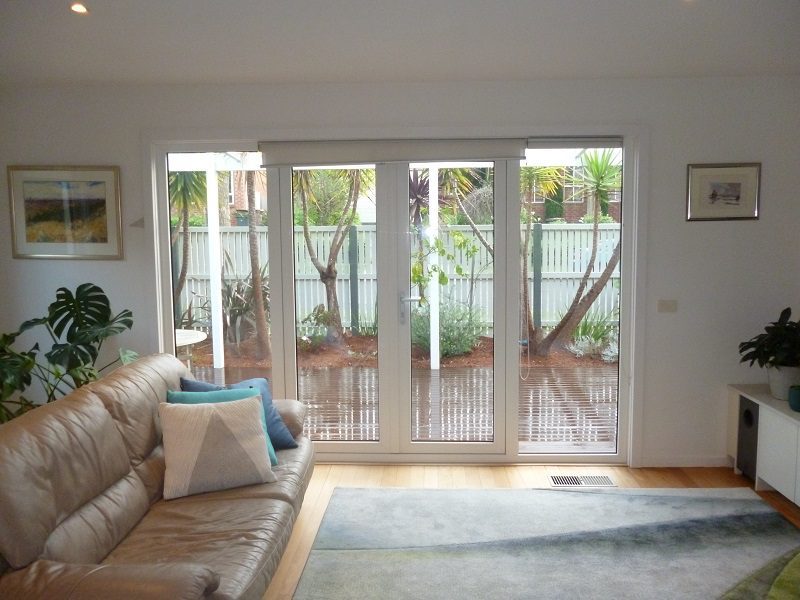All Categories
Featured
Table of Contents
The Surprising Benefits Of Double Glazing In The Summer ... in Karawara Perth
That window can send more solar heat in winter season than in summer season. A west-facing window on a summertime's afternoon has an angle of incidence from near 0 up to 30 with a big efficient location of solar radiation. A north-facing window, in summertime, has a high angle of occurrence and a low reliable location of solar radiation, so can send less heat than a west-facing one.

You can rapidly and easily enhance the thermal performance of your house by replacing your windows. This is one of the most reliable methods of remodelling to achieve better thermal convenience. There are thousands of types of glass and frames to pick from. Choosing the best ones is essential to improving the energy efficiency of your house.
The Best Double Glazing Companies In Canberra in Scarborough WA
There are several kinds of glass products to pick from. Single glazing uses a single pane of glass. Single glazing with clear glass is not very efficient when it comes to heat loss or gain. To enhance performance, you can utilize single glazing with a more energy-efficient kind of glass such as low emissivity (low-e) glass.
The energy efficiency of IGUs likewise depends on: the homes of each layer of glass. Various glass types (for example, clear and low-e glass) can be put together in an IGU.
Solace Creations: Home in Caversham Western Australia

IGU cavities can be filled with air or a more inert, low-conductivity gas such as argon the width of the cavity. Cavity thickness is usually 6 to 18mm. Larger cavities provide lower (much better) U values, with 12mm normally accepted as the preferred gap how well the cavity is sealed. Cavities should be dry and well sealed to avoid wetness getting in.
If argon is set up to the cavity in place of air, moisture is dependably omitted the level of desiccant (drying representative). The spacer (metal or polymer strip) that separates the glass layers contains a desiccant to absorb any wetness. Inadequate desiccant may trigger moisture to condense on the glass surface area in cold conditions, decreasing thermal performance.
Why Install Stunning Double Glazing Windows During Summer? in Success Perth
In truth, IGUs can provide better energy performance for all environments, especially in heated and air-conditioned homes. Cross-section information of single, double and triple-glazing units Low emissivity glass (typically called low-e glass) decreases heat transfer. Low-e glass might be either high or low transmission: High transmission low-e glass has a finish that allows daylight from the sun to enter your house to accomplish great solar heat gain, however lowers the quantity of the long wavelength infrared heat that can get away back through the window.
Low-e glass has either a pyrolytic finish or a vacuum-deposited thin film metal coating. Pyrolytic coverings are resilient and can be used for any glazing; vacuum-deposited finishings are soft and are just used within IGUs. Low-e finishings can significantly enhance both U value and SHGC; nevertheless, they need to be used properly or they will either degrade or stop working to perform as needed.
Why Should You Have Double-glazed Windows This Summer? in Oldsbury Western Australia
Low-e finishes can be used in mix with clear, toned or reflective glass. Low-e finishings on glazing can lower heat transfer where required Image: Department of Market, Science, Energy and Resources Toned glass has actually colouring ingredients consisted of throughout manufacture. It is readily available in numerous colours, generally bronze, grey, blue and green.
Table of Contents
Latest Posts
Triple Glazing Vs. Double Glazing: What Are The Differences? in Willetton Western Australia
Help Control Your House Temperature With Double Glazing ... in Martin Western Australia
How To Diagnose And Fix Misted Double Glazing in Hovea Perth
More
Latest Posts
Triple Glazing Vs. Double Glazing: What Are The Differences? in Willetton Western Australia
Help Control Your House Temperature With Double Glazing ... in Martin Western Australia
How To Diagnose And Fix Misted Double Glazing in Hovea Perth